There is nothing wrong with having a tree as a friend
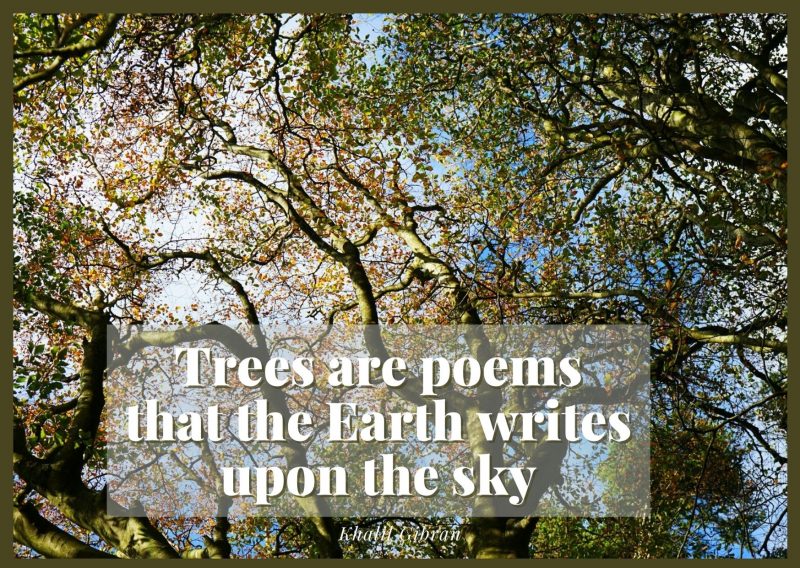
My head has been in the trees all week.
Last Sunday, we watched David Attenborough’s A Life On Our Planet (available on Netflix). Twice, I saw our wild child Squirrel wince at the sight of trees being ruthlessly felled.
Then, when the documentary told about the ban on whaling after a shift in public opinion at the cruelty of whale hunting, an idea crossed my mind.
What if tree felling became as unsufferable to the general public as whaling is now seen? Maybe that would lead to a worldwide ban on deforestation?
Deforestation
This 80-minute documentary is the 94-year-old naturalist and broadcaster’s personal witness statement, and a grim indictment of humanity’s destructive dominance over the natural world.
Asked how he feels about all that has already been lost, 14-year-old Jedi replied, “Of course it makes me sad. If it didn’t, it would mean I’m heartless”.
Of the many chilling statistics David Attenborough cites throughout, the numbers on deforestation caught my attention. We humans have cut down 3 trillion trees, or half of the world’s forests – a catastrophic loss which puts millions of species, many as yet undiscovered, at risk of extinction.
It is not only the trees that make a forest, but the many different species of plants and animals that reside in the soil, understorey and canopy.
State of the World’s Forests 2020
FAO
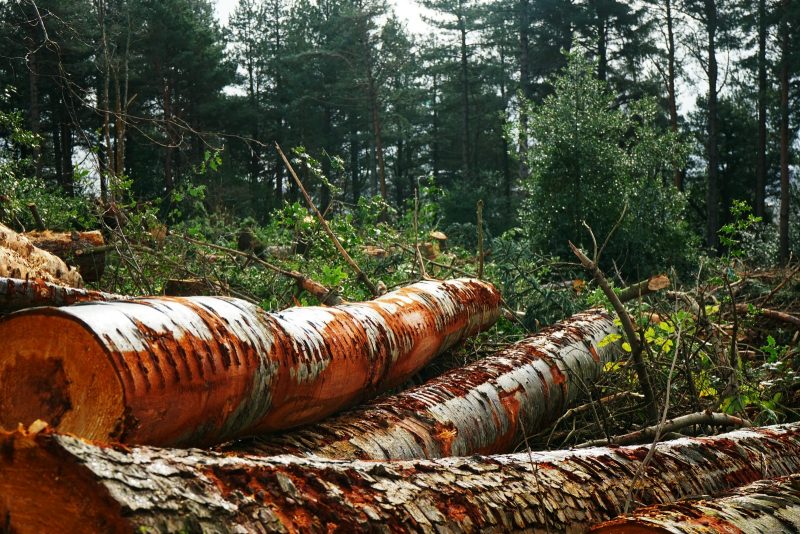
But A Life On Our Planet is also a plea. David Attenborough urges us to act now and save what is left of the natural world. For humans can change their destructive ways and work to restore nature. It has happened before. One such example is the recovery of whale populations worldwide since the late 1980s.
The reason for that? A public outcry at the inhumane practices of whaling fleets led to the adoption of a moratorium on commercial whaling in 1986. It remains in place to this day.
Save the trees
Hearing the hauntingly intricate songs of humpback whales on one of David Attenborough’s TV programmes changed the public perception of those wondrous animals. Suddenly, they were not seen anymore as a mere source of whale oil products, but as intelligent, mysterious creatures whose loss would be unfathomable for the planet.
A similar shift in public opinion towards trees is needed.
In fact, it is already underway. With books such as The Hidden Life of Trees, revealing the unsuspected wonder of the “wood wide web”, people are starting to realise that there is infinitely more to trees than meets the eye.
All the ways you [people] imagine us [trees] are always amputations. Your kind never sees us whole. You miss the half of it, and more. There’s always as much belowground as above.
The Overstory
Richard Powers
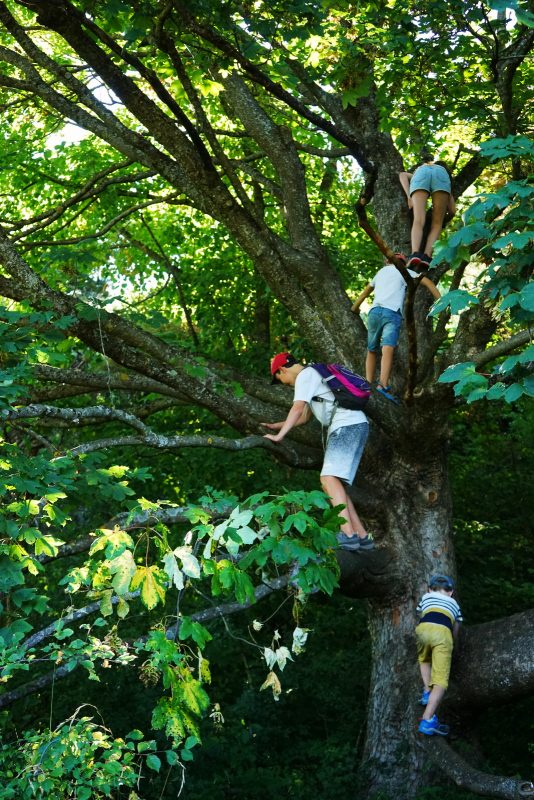
Soon, trees being felled and ancient forests being razed to the ground will seem as disturbing as the bloody mess of a whale hunt. Trees, whales, they’re all gentle giants whose lives we know next to nothing about.
Trees are living beings
While watching A Life On Our Planet, Squirrel winced several times at the sight of trees crashing down in the rainforest undergrowth, savagely felled to make space for monoculture palm plantations. He winced at the cruelty of it. His wild heart feels for the trees.
Because he knows. He knows that trees are not timber. Trees are living beings.
“I can tell when a tree is sleeping”, Squirrel reminds us every so often. “When a tree is asleep, its branches droop a little bit.”
Last summer, he read Can You Hear The Trees Talking? by Peter Wohlleben, author of The Hidden Life of Trees. In it, he learnt, among may other things, that trees need darkness to recover from their daily work of turning air and water into wood. Thus, urban trees growing next to streetlights don’t get very old.
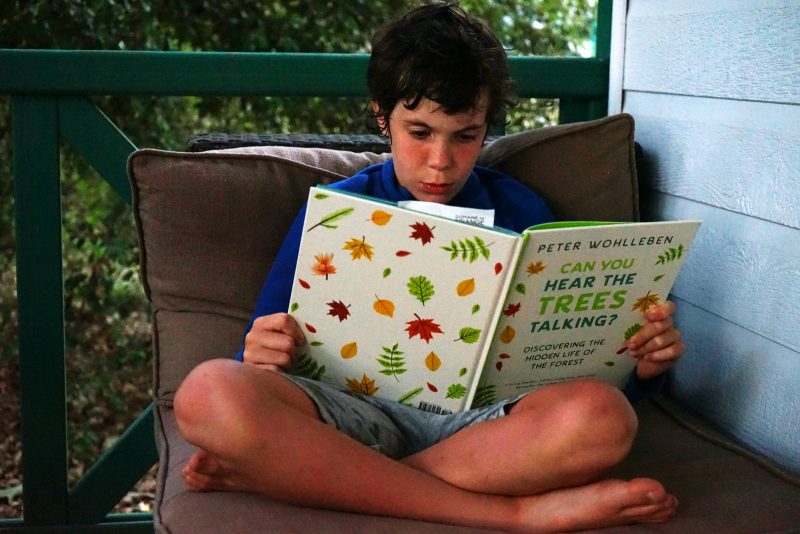
There is a sycamore in our driveway, affectionately named Groot (after the tree character in Guardians of the Galaxy). On our return from France in late August, both Squirrel and Mermaid were delighted that the streetlight in front of our house had gone out. Because Groot could finally “get a good night’s rest”.
(Said lightbulb has since been replaced with a brighter LED model, much to the acorns’ disappointment.)
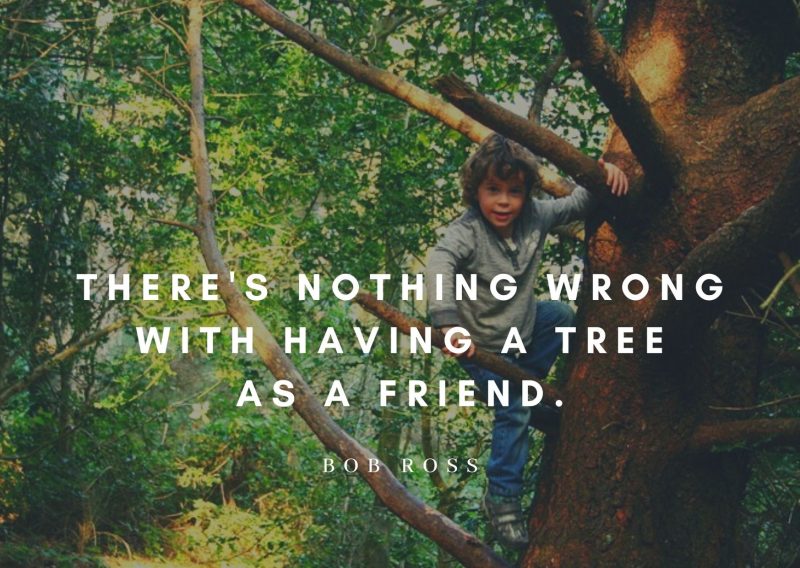
It is high time we started seeing trees like my wild child does – not as a renewable resource for wood products that is worth more dead than alive, but as a living being with needs, feelings and rights.
It is high time we started caring about trees like he does – not as a natural technology providing us with essential “ecosystem services” (capturing carbon, producing oxygen, filtering water, cycling nutrients, etc.), but as benevolent neighbours who have as much right to be here as we do.
It is high time we started loving trees like he does – as kin who feel, care and communicate, albeit in ways that are utterly mysterious to us.
For the love of trees
When the mass killing of trees, whether in the tropical rainforests or in our own country, becomes as shocking as slaughtering a whale, maybe the UN will impose a moratorium on deforestation?
But for this to happen, we must move beyond the rational arguments.
We must start loving trees.
We must rewild our minds.
Now is the time to listen to our hearts and act, for the love of trees.
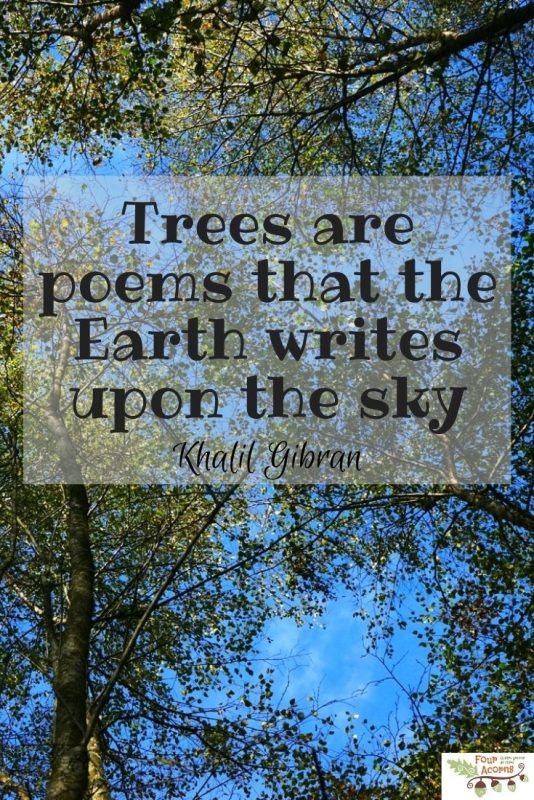
Related
- Can you hear the trees fall in Kindlestown?
- Let’s plant a tree, or twelve
- A deserted village in a zombie forest
- Clara Vale – Walking in an autumn wonderland
- Discovering the Bee Sanctuary of Ireland
Disclosure: This post contains some affiliate links. Should you choose to make a purchase after clicking on one of them, I may receive a small commission and your purchase will help support this site.






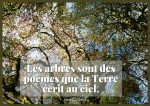 Previous Post
Previous Post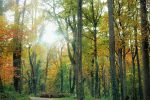 Next Post
Next Post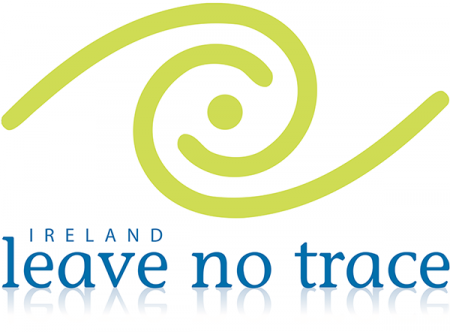
thank you so much for this post. absolutely beautiful. directly from my heart too.
Thank you for your kind words, Michaela, they mean a lot. So grateful for your continued support x